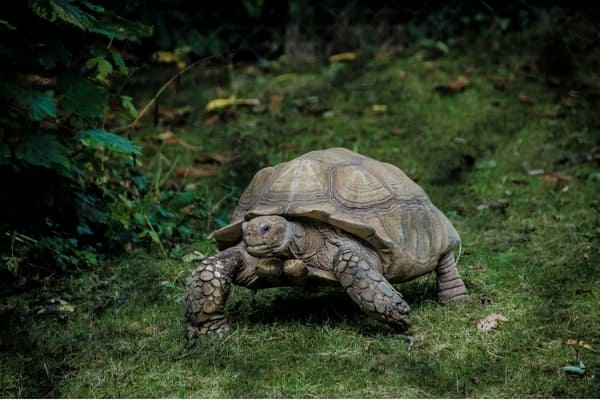Turtles: Ancient Survivors of Land and Sea
Turtles are among the oldest living reptiles, with their ancestors dating back more than 200 million years. They are found in various environments, from freshwater rivers and lakes to the open ocean and even arid deserts. Turtles are easily recognized by their protective shells, which are part of their skeletal system. Their shells consist of two parts: the carapace (top) and the plastron (bottom), which are connected by bony structures called bridges.
One of the most well-known types of turtles is the sea turtle, which spends the majority of its life in the ocean. There are seven species of sea turtles, including the Green Turtle, Hawksbill, and the massive Leatherback, which can grow up to 7 feet in length and weigh over 2,000 pounds. Sea turtles are known for their long migrations, often traveling thousands of miles between feeding grounds and nesting sites.
Turtles are omnivores, meaning they eat both plants and animals. Their diets vary by species, with some turtles feeding on seaweed, seagrass, or algae, while others consume fish, jellyfish, or even small invertebrates. Turtles play an important role in maintaining healthy ecosystems, particularly in marine environments where they help control the growth of algae and seagrass.
The life of a turtle is fraught with challenges, especially during the early stages. Sea turtle hatchlings face numerous predators as they make their perilous journey from the beach to the sea. Once they reach adulthood, their hard shells provide them with some protection, but they still face threats from human activities such as habitat destruction, pollution, and illegal poaching.
Efforts to conserve turtles focus on protecting their nesting sites, regulating fishing practices to prevent bycatch, and reducing ocean pollution, particularly plastic waste, which poses a serious threat to sea turtles.

